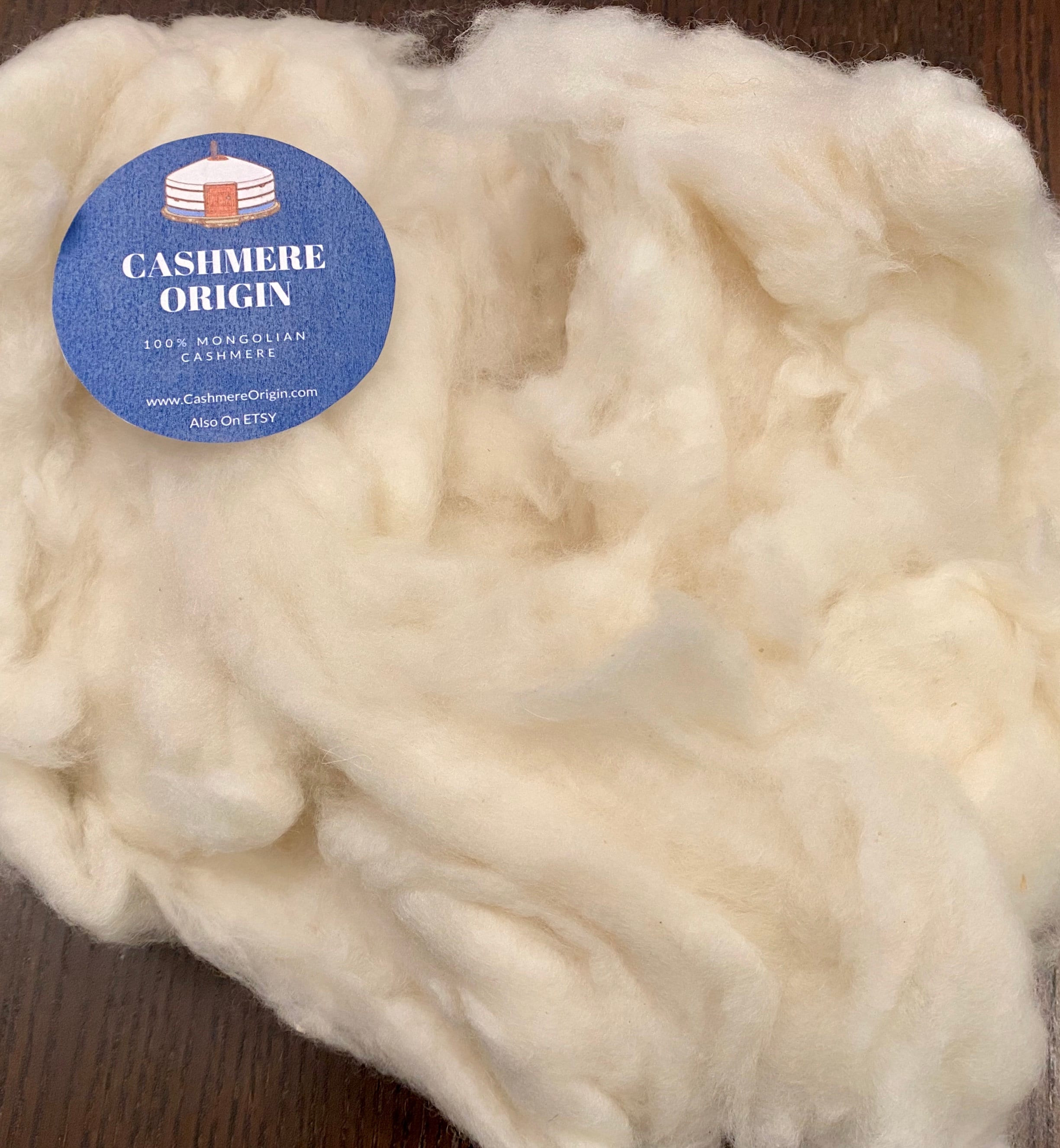The Fascinating Process Behind Producing cashmere Fibre and Its Applications
The Fascinating Process Behind Producing cashmere Fibre and Its Applications
Blog Article
Understanding the Various Sorts Of Cashmere a Natural Fiber and Their Special Benefits

The Origins of Cashmere: A Historical Review
While the extravagant touch of cashmere remains to charm modern-day customers, its origins trace back to the harsh, chilly environments of Mongolia and the Himalayas. For centuries, the native individuals of these areas have actually been raising Capra Hircus goats, the prime resource of cashmere woollen. These goats, resilient against the severe wintertimes, expanded a fine undercoat to endure, which later became called cashmere. The name itself admires Kashmir, a region in India where the woollen was at first processed. Much of the very early cashmere profession course was promoted by the Silk Road, attaching Asia with the Center East and Europe. In spite of its international spread, the finest cashmere is still believed to stem from the original areas of Mongolia and the Mountain Ranges.

The Manufacturing Refine: From Goat to Garment
Shearing a Capra Hircus goat marks the inception of the complex cashmere manufacturing process. This fragile procedure usually takes place annually throughout springtime. The fine, soft undercoat is then divided from the coarser external hair, a procedure called dehairing. The resultant raw cashmere is after that cleaned to remove pollutants such as dust, oil, and vegetable issue.
The clean fiber goes through dyeing, rotating, and weaving, or knitting, to transform it into a fabric. Facility procedures such as top quality control checks and finishing procedures comply with, making certain the end product maintains the lavish criterion anticipated of cashmere. This meticulous procedure, from goat to garment, warrants the high price connected to cashmere products, making them an icon of deluxe and refinement.
The Various Types of Cashmere: An Extensive Analysis

The One-of-a-kind Advantages of Cashmere: Comfort and Sustainability
Moving from the selection of cashmere kinds to the advantages they use, comfort and sustainability stand out prominently. Cashmere, a natural fiber, is renowned for its unmatched gentleness, providing a degree of comfort that artificial fibers can't match.
When it pertains to sustainability, cashmere is biodegradable and eco-friendly, as it's harvested from cashmere goats who regrow their coats annually. what is cashmere. Unlike synthetic fibers which can take navigate here centuries to decay, cashmere's effect on the setting is marginal. This mix of convenience and sustainability makes cashmere an advantageous choice for mindful customers

Taking Care Of Your Cashmere: Maintenance and Preservation Tips
While cashmere is most certainly a lasting and elegant choice, it needs specific care to maintain its quality and prolong its life-span. To begin, cashmere must be hand cleaned making use of chilly water and a moderate detergent. Cashmere items ought to be saved in a amazing and dry area, away from direct sunlight and wetness.
Spending in Cashmere: Recognizing Its Value and Well Worth
Although cashmere may initially feel like a costly financial investment, its long-lasting value and worth come to be apparent when you consider its exceptional qualities. Known for its unmatched softness and warmth, cashmere is a premium all-natural fiber that outmatches other materials. Its high need and minimal supply add to its high cost, however its sturdiness ensures it lasts for several years, supplying outstanding worth for cash. Cashmere pieces are classic, frequently coming to be treasures passed down with generations. what is cashmere. Furthermore, its natural insulating properties give heat without the bulk of synthetic fibers. Purchasing cashmere, therefore, is not almost existing style trends, but regarding welcoming a lasting, long-lasting, and luxurious lifestyle.
Conclusion
In summary, the kind of cashmere one picks, be it Mongolian, Chinese, or Italian, is determined by private preferences for warmth, spending plan, sustainability, and high-end. Comprehending the origins, manufacturing procedure, and distinct benefits of different kinds of cashmere can assist consumers in their investment in this luxurious all-natural fiber.
Whether it's the phenomenal heat of Mongolian cashmere, the cost of Chinese cashmere, or the eco-conscious my link production of Italian cashmere, there's a tale to be found behind each fiber type. Cashmere, an all-natural fiber, is renowned for its unequaled gentleness, providing a degree of convenience that synthetic fibers can not match.When it comes to sustainability, cashmere is naturally degradable and renewable, as it's harvested try this out from cashmere goats that regrow their coats annually. Understood for its exceptional softness and heat, cashmere is a premium natural fiber that outmatches various other materials. Understanding the beginnings, production process, and unique benefits of various types of cashmere can guide consumers in their investment in this elegant natural fiber.
Report this page